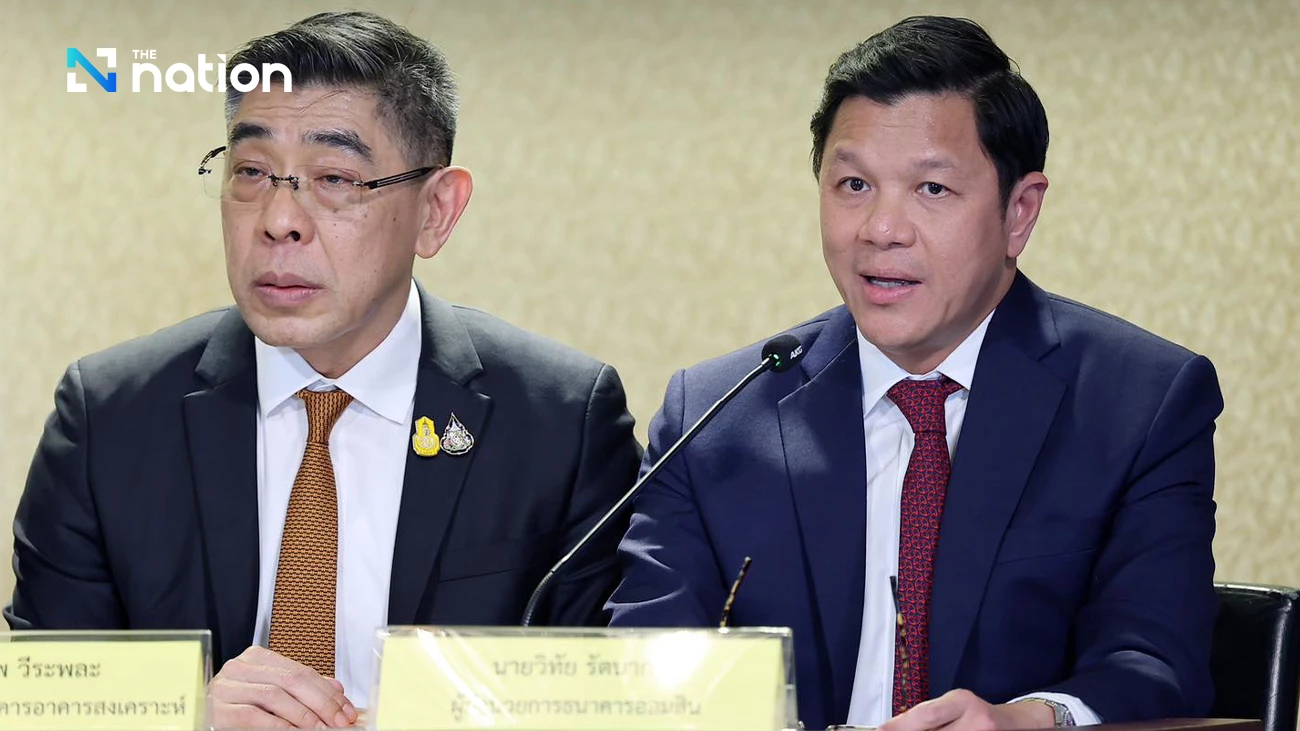Southeast Asia major driver for airliner demand over next 20 years

Airlines in Southeast Asia will need to add 3,080 aircraft to their fleets over the next 20 years, thanks largely to a rising number of low-cost carriers and the growth in regional air traffic.
That means the regional commercial-aviation fleet will almost triple in size during the period. The total market is projected to be valued at US$450 billion (Bt14 trillion), according to Boeing’s “Current Market Outlook” released yesterday.
“Southeast Asia is projected to be one of the highest passenger-traffic-growth markets in the world. Over the next 20 years, the strong emerging economies of the Southeast Asian region will drive passenger growth through strengthened business and leisure,” said Randy Tinseth, vice president of marketing for Boeing commercial aircraft.
The growth of Southeast Asian low-cost carriers is phenomenal. As recently as 2002 they had no capacity in the region, but claimed 22 per cent of the market in 2012 and are projected to reach 42 per cent by 2032, he said.
Currently, low-cost and charter carriers provide 29 per cent of the airline capacity in Southeast Asia, up from 1 per cent in 2003. AirAsia and Lion Air are the low-cost carriers that play the leading roles in the region.
In Thailand, air travel has been boosted by the rise of low-cost carriers and also traffic to and from China. Domestic travel is on the rise as well.
In Southeast Asia, Indonesia, Malaysia and Thailand have shown big potential in this industry. Indonesia’s Lion Air is one of Boeing’s big buyers. Boeing believes the regional outlook will remain optimistic, with strong back-up from continuing economic growth and infrastructure development, especially airports.
According to its forecast, the biggest demand from operators in Southeast Asia will continue to be for single-aisle planes such as the 737 Next Generation and its offshoot the 737 MAX, which account for 70 per cent of the forecast. This type of airliner is a popular choice for the low-cost carriers in the region.
Between now and 2032 in Southeast Asia, 2,160 single-aisle airliners are expected to be delivered, worth $210 billion. Deliveries will also include 780 small and medium-seized twin-aisle planes valued at $220 billion, and 50 large twin-aisle airliners for $20 billion.
The market also will require about 50 large twin-aisle aircraft with about 400 seats and up, such as the 747-8 Intercontinental, with total value of about $20 billion.
Globally, airlines will need about 35,280 new planes, valued at $4.8 trillion, over the next 20 years.
Of the total, 12,820 new aircraft will be delivered to the Asia-Pacific region, 7,460 to Europe, 7,250 to North America, 2,610 to the Middle East, 2,900 to Latin America, 1,170 to the Commonwealth of Independent States and 1,070 to Africa.
Air travel within the Asia-Pacific region will post the world’s biggest growth at 6.2 per cent annually over the 20-year period, the report says. For Southeast Asia, average passenger growth is projected at 6.7 per cent annually during the period.
RELATED





